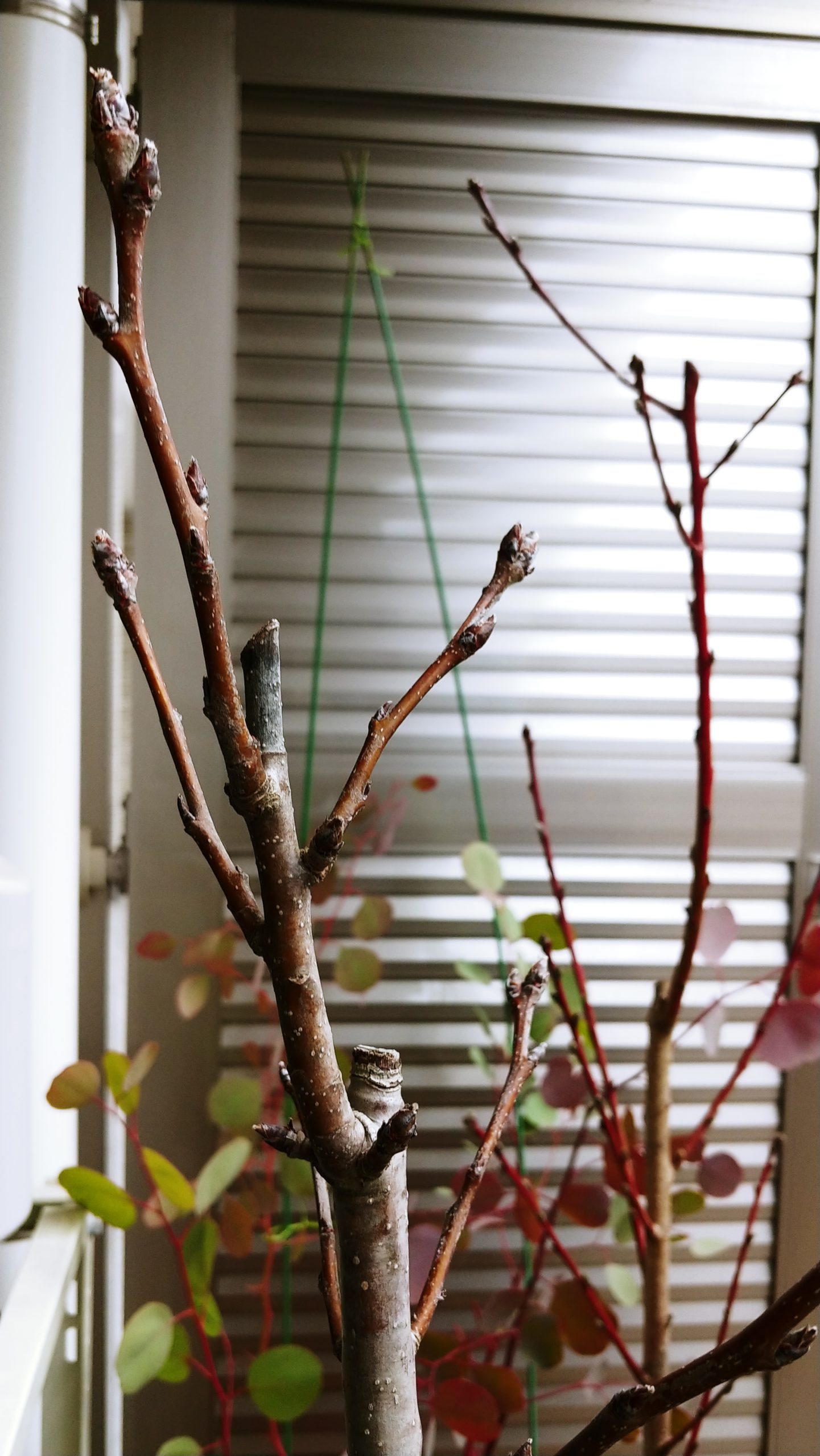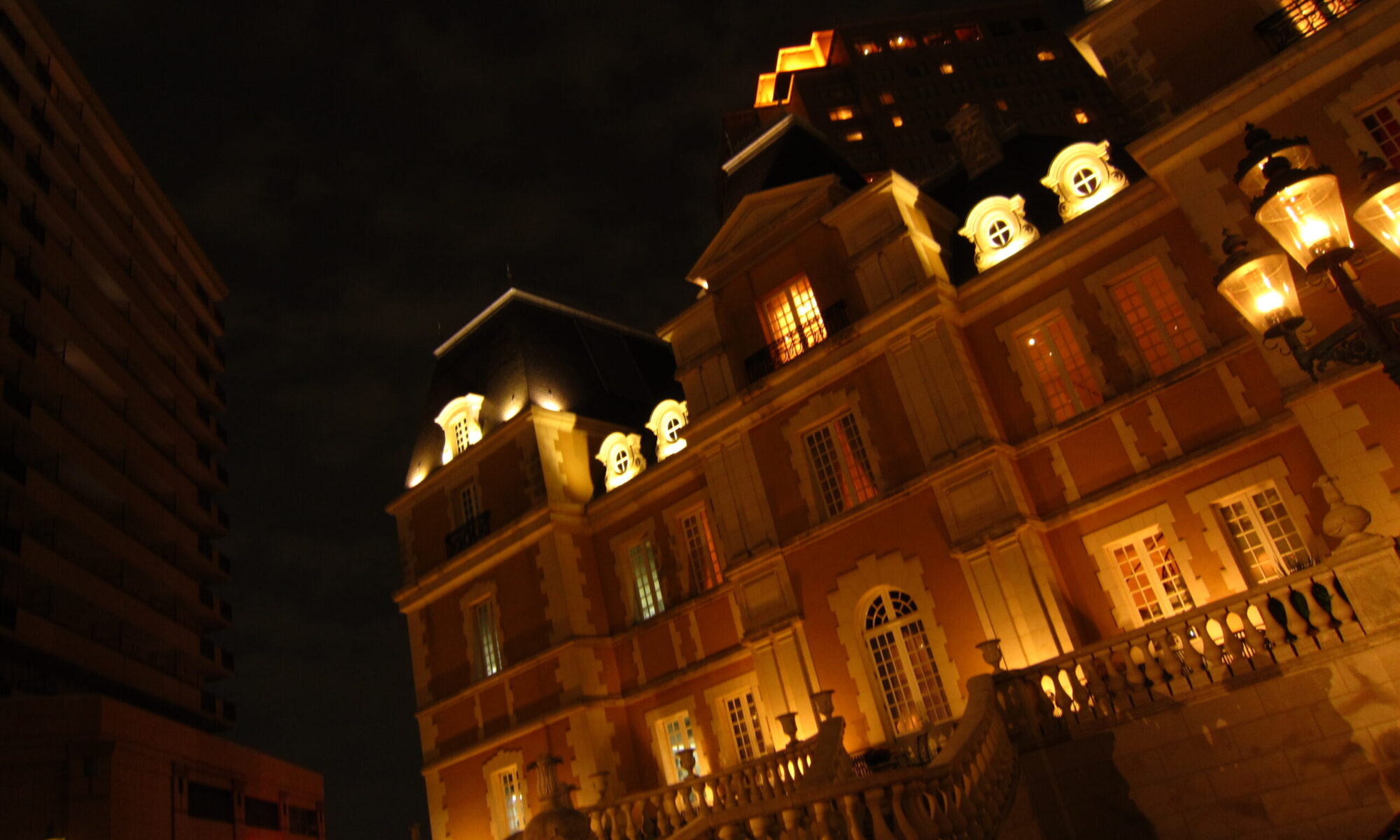
I love how I can have a little garden at the back of our home, but given that our backyard is all concrete, my only option is potted plants. It has its good points (I can move them anywhere), but one of the big drawbacks is that I have a love of trees.
I’ve tried to satiate my love of trees by getting into bonsai, and while I have a nice little collection of them growing, my heart is set on growing fruit trees.
Specifically, Asian pear trees.
I grew up eating nothing but the Western variety of pears, and I have to say that personally I’m not such a big fan. I know plenty of people adore them, but I’m just not one of those people. I thought I’d never love pears. That is, until I tried an Asian pear.
In Japan, they’re called nashi, and they are a delight.
I have wanted to grow some forever, but pear trees don’t belong in pots. They are beasts that will consume all the soil they can get their hands on.
Still, there are such a thing as dwarf fruit trees, so I thought I’d look around for some.
We went to a home center (basically a hardware store and a general store like Walmart all rolled into one) and found a pretty nice-looking pear sapling to grow.
The woman working there had patience for me to ask about three questions before she started snapping responses at me. However, she was quick to point out I would need a different variety of pear tree next to the one they were selling in order to actually get any pears. I knew this already, having researched about pears beforehand, but I just nodded.
Despite the fact most pear trees need two varieties, the home center only sold one type. It wasn’t even a dwarf type, but I wanted to give it a try. The tree has enough branches that I think maybe I could even get fruit this year from it. The temptation was all too real.
More hunting unearthed another tree variety at a different home center, though it’s little more than a stick in the ground. This one isn’t a dwarf either. They seem to be available online, but who knows what you’ll actually get? I know people love online shopping, but I think I’ll always love in-person shopping so I can actually see what I’m buying before I buy it.
At one point we stumbled across a gardening store run by an old man. He almost laughed when I said I was looking for pear trees (“Wrong season! Try the autumn!”) and was quick to say, “Now, you’re planting them in the ground, right? No pots?” I didn’t want a lecture from him, so I just said, “Yes, of course, in the ground.” He seemed to visibly relax as he went on and on about how three pear trees can take over his entire greenhouse if he planted them in the ground there.
He said most of the little sticks in the ground you get at home centers won’t give you any hope of fruit for three years, at best. I just nodded and tried not to think of my little stick of a pear tree.
He eyed me and, with a laugh said, “Well, I mean you’re a foreigner so maybe you could get away with going to a pear orchard and asking them for some pollen for your bigger tree.”
I don’t know anyone who just grows fruit trees for fun in their backyard here, apart from mikan and persimmon trees. Those things are everywhere.
My probably misguided thinking is that I can try to bonsai these fruit trees. That means diligently pruning them in the winter and trimming their roots every so often in the winter to keep them from getting pot-bound (where the roots just go round and round in the soil).
I’m not looking to start an Asian pear business, and I’d be delighted to just get a few pears a year, so maybe, just maybe this is possible.
In the world of fruit-tree-growers, I am what is considered to be “a hopeless wreck”, and I’m sure any proper gardener reading this post will wipe a tear from their eye in pity for the fruit trees I’m about to probably massacre, but I’m going to try this thing. I’ll keep updates on here for anyone vaguely interested in getting a glimpse into the misguided optimism of a novice gardener.
